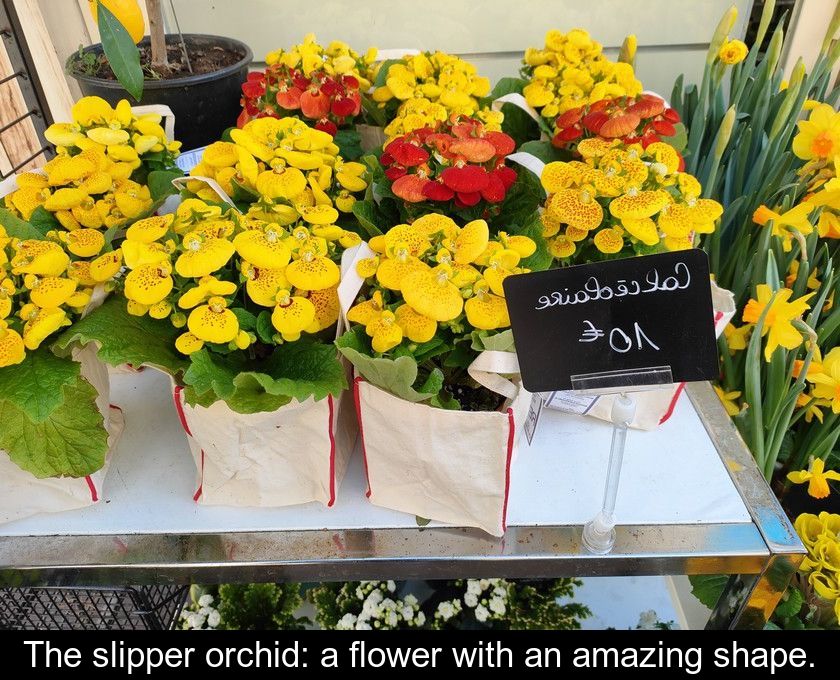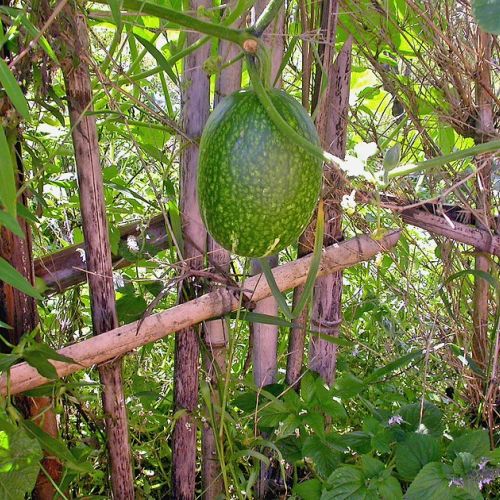The Slipper Orchid: A Flower With An Amazing Shape.
If you have ever seen a calceolaria on display at a florist's, you have surely been surprised by the flowering of this small plant. This species native to South America produces yellow to red flowers in the shape of little clogs! Here is everything you need to know about this amazing indoor plant, some species of which can even be planted in the garden.
An early and unusual blooming.
It is in the months of February and March that you can see the "calcéolaire" in garden centers and florists. This small plant, on average 20 cm tall, is one of the first to bloom at the end of winter.
While it is rather discreet in size and foliage, this plant stands out for its flowering. It produces flowers with shimmering colors (from yellow to red, solid or striped) and an unusual shape.
Calcéolaires, whose name literally means "little shoe", are characterized by flowers in the shape of little clogs! This plant is sometimes nicknamed "little slipper".
Each flower has a lower lip turned over on itself. The calcéolaire shares this developed lower lip with other plants in the Scrophulariaceae family such as mimulus, snapdragons, and foxgloves.
An indoor plant with delicate watering.
Calceolarias, which originate from the low mountains of South America (Chile, Peru and Patagonia), are generally cultivated under our latitudes as indoor annual plants.
Due to its mountainous origins, this plant needs certain regular temperature and humidity conditions. The secret to successful indoor cultivation is to water it every day at the same time. This plant, which loves its little routine, needs sparse and very fine watering.
It is important to avoid wetting its foliage as the plant could quickly rot. The addition of liquid fertilizer every 15 days helps stimulate the production of new flower buds and prolong the flowering until May.
A culture in the cool
If you buy a variety that blooms in early spring, you should place it in a cool room, away from sources of heat and direct sunlight.
Note: if you install this plant near a radiator, for example, its flowers will wither in just a few days due to the dryness of the air. This type of calceolaria appreciates a temperature between 10 and 13°C, ideally in a cool and well-lit veranda.
Another solution is to cultivate calceolaria outdoors, on your balcony or in your garden from mid-May. These plants accept a neutral or acidic pH, provided the soil is well-drained.
The flowering of calceolaria lasts only a few weeks, but attracts all eyes with its colors and unique shape. If you want to highlight their flamboyant colors, simply mix several varieties of calceolaria in a pot or planter: nothing beats brightening up a window, balcony or terrace!
Where and when should a calceolaria be planted in the garden?
You need to wait until the risk of frost has passed, around mid-May, before planting this plant outside, in a partially shaded flower bed or rock garden for smaller species like Calceolaria x herbeohybrida. Make sure to choose a location where the sun does not hit in the afternoon. Direct or too hot sun tends to burn the foliage, which becomes covered in unsightly brown spots.
The species Calceolaria integrifolia is a bit more resistant than the small calcareous plants. It is perennial in gardens in the south of France, provided that the winter is mild and not too humid.
Attention: several pests can attack your calcareous plants in the garden, including slugs and black aphids. These plants that love moisture are also sensitive to the botrytis fungus, better known as gray mold. Use nettle manure to treat this plant in case of aphid attack or as a preventive measure against gray mold.











